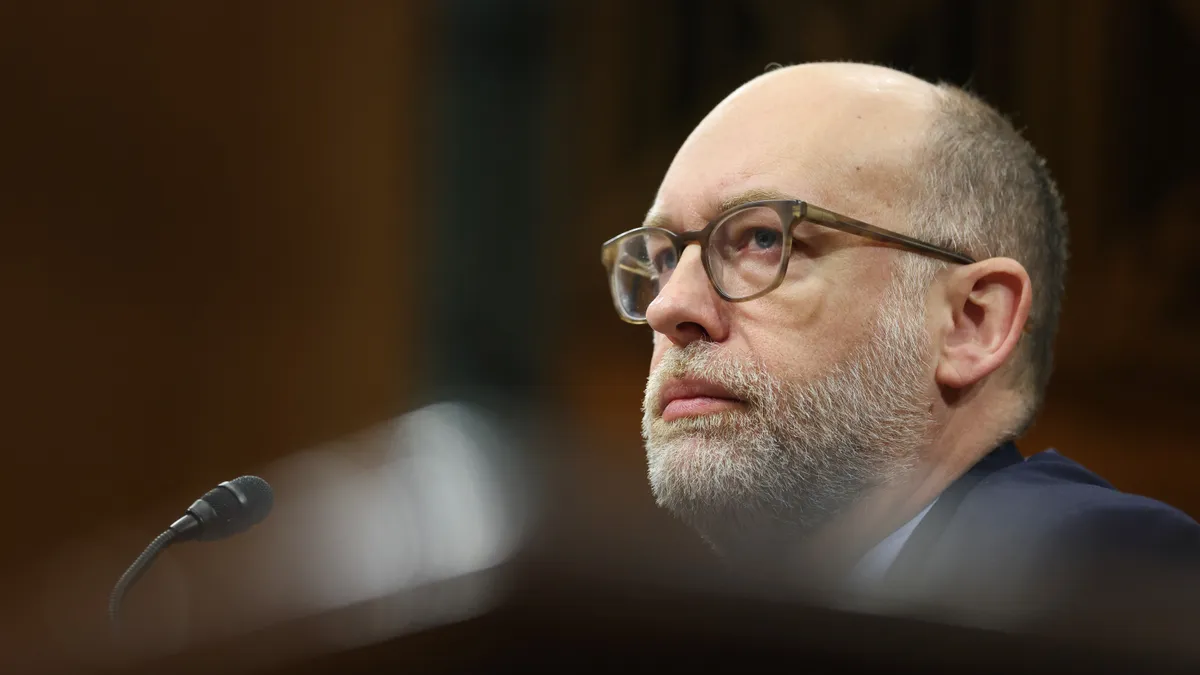Dive Brief:
- While the Federal Reserve has sometimes been coy on divulging the exact timing for the launch of its real-time payments system FedNow, Fed Gov. Michelle Bowman said last week the new system will be available by mid-2023.
- In her speech Wednesday at the VenCent Fintech Conference in Little Rock, Arkansas, Bowman also said FedNow may fulfill some of the benefits that have been suggested could be derived from another potential payments innovation — namely, a central bank digital currency (CBDC). Fed officials have been mulling the possibility of creating such a digital dollar and produced a report on the topic in January.
- At that time, the Fed also solicited input from the public on the possibility of a CBDC. Bowman told conference attendees the Fed’s request for input has generated some 2,000 responses so far, with the central bank planning to publish a summary of the comments.
Dive Insight:
FedNow is expected to make faster payments more widely available in the U.S. through a government-backed payments system operating seven days a week and 24 hours a day. Such an instant payments system already exists in the form of the RTP Network, which is operated by the bank-owned The Clearing House, but that system has gained limited traction, partly because smaller banks are leery of larger rivals’ ownership.
FedNow “will enable financial institutions of every size, and in every community across America, to provide safe and efficient instant payment services,” Bowman said in a written transcript of the speech. “It is intended to be a flexible, neutral platform that will support a broad variety of instant payments.”
She also noted that FedNow is expected to bring more competition to the evolving real-time payments sphere. “It will allow depository institutions and their service providers to offer value-added services to their customers, ultimately enhancing competition in the market for payment services,” Bowman said. “Completing and implementing FedNow is a high priority, and we expect it to be available by mid-2023.”
In other parts of the world, such as China, India, Brazil, Thailand and South Korea, real-time payments are already a more common option in the financial services industry.
The Fed has also been mulling the possibility of a CBDC as another innovation that could make the U.S. payments system more efficient and competitive with such digital currencies emerging in other countries. She suggested that FedNow may bring some of the expected benefits of such a digital dollar even sooner. “My expectation is that FedNow addresses the issues that some have raised about the need for a CBDC,” she said.
As part of the Fed’s assessment of the need for a CBDC, it solicited comments from the public. “We received over 2,000 comments, and we are currently reviewing these comments and plan to publish a summary of them,” Bowman said in the speech.
A brief review of the public docket for those comments shows a range of people responding to the agency’s questionnaire. They include individuals ranging from everyday consumers to university professors, and also organizations, such as the Institute of International Finance and the Securities Industry and Financial Markets Association, as well as companies.













